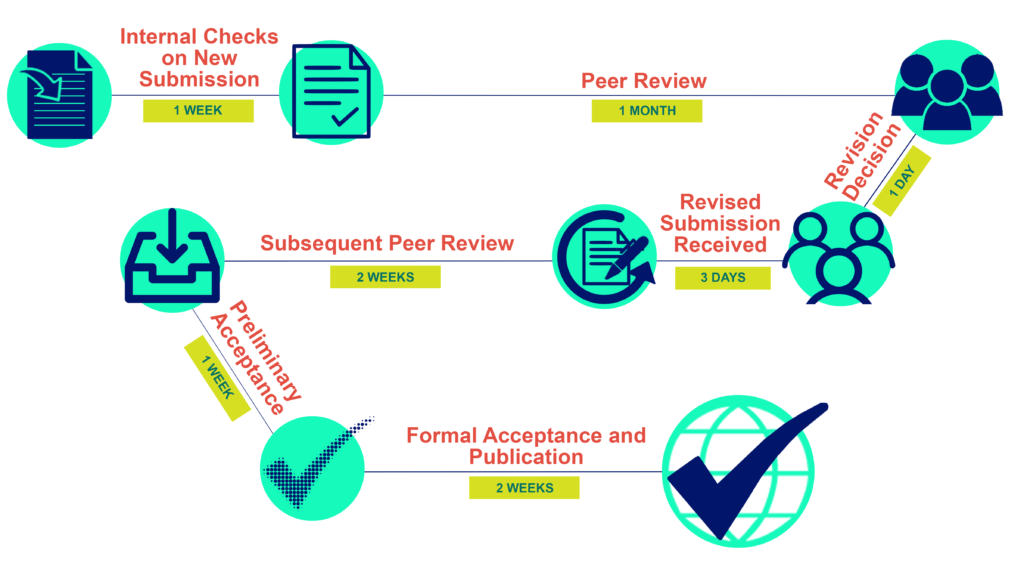Publishing Process

Editorial Process
A manuscript will be reviewed for possible publication with the understanding that it is being submitted to WAUPASJ alone at that point in time and has not been published anywhere, simultaneously submitted, or already accepted for publication elsewhere.
Editorial review stage
Upon submission, the Editor conducts an initial assessment of all manuscripts to determine their suitability for further review. If a manuscript lacks originality, fails to present new ideas, contains significant scientific or technical flaws, shows high similarity to previous publications (more than 30%), or lacks a substantial requirements, it is rejected before entering the formal peer review process. The first decision concludes within a short timeframe of 1-5 days.
Peer-review stage
Once a manuscript is deemed appropriate for publication in WAUPASJ, it is forwarded to one Editorial board member who then suggests suitable Expert Reviewers. To ensure fairness and impartiality, WAUPASJ employs a double-blind review policy, wherein both the reviewers and authors remain anonymous to each other. At least two independent expert reviewers are involved in this process. The peer-review process typically spans duration of 20 to 30 days.
Editorial decision stage
The Editor-in-Chief is responsible for reviewing every manuscript and making the final decision based on feedback from reviewers and editorial board members. The Editorial Board Members can only offer an initial editorial decision or recommendation, which is then sent to the Editor-in-Chief for further discussion until a final decision is reached. The comments and suggestions received from reviewers and editorial board members, whether it is acceptance, rejection, or a request for revision, are communicated to the corresponding author. If necessary, the author is asked to address each point raised by the reviewers and submit a revised version of the manuscript with a point to point authors' response to the reviewers' comments. This iterative process continues until both the reviewers and editors are satisfied with the manuscript.
Copyediting stage
Manuscripts that are approved for publication undergo copy editing to ensure proper grammar, punctuation, print style, and formatting. The corresponding author receives a page proof in doc. format at this stage. During this process, the copyeditor may request the author to finalize the reference format and provide clarification or verification for any modified sentences or paragraphs. The corresponding author is responsible for returning the corrected proofs within a timeframe of 1 to 5 days. Corrections received after this period may not be able to be incorporated.
Proofreading stage
The proofreader editor will provide the authors with the final proof of the article in PDF format, which will reflect the journal's predetermined layout. At this stage, there are no substantial modifications made to the content. Authors are requested to review and verify their names, affiliations, and the overall writing format, including typos, grammar, punctuation, and layout format. The corresponding author is expected to return the finalized proof within 3 days timeframe.
Online publication stage
When the article is assigned to a volume/issue, the Final version will appear in the journal's associated published volume/issue.




